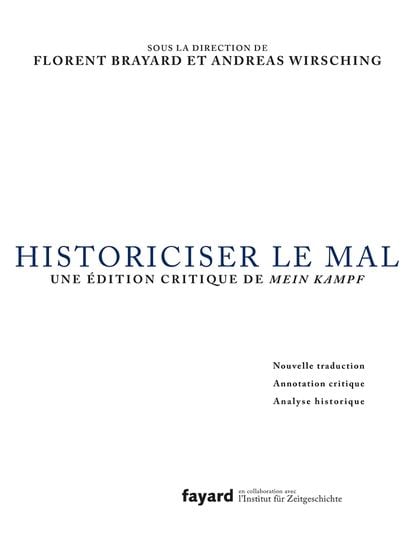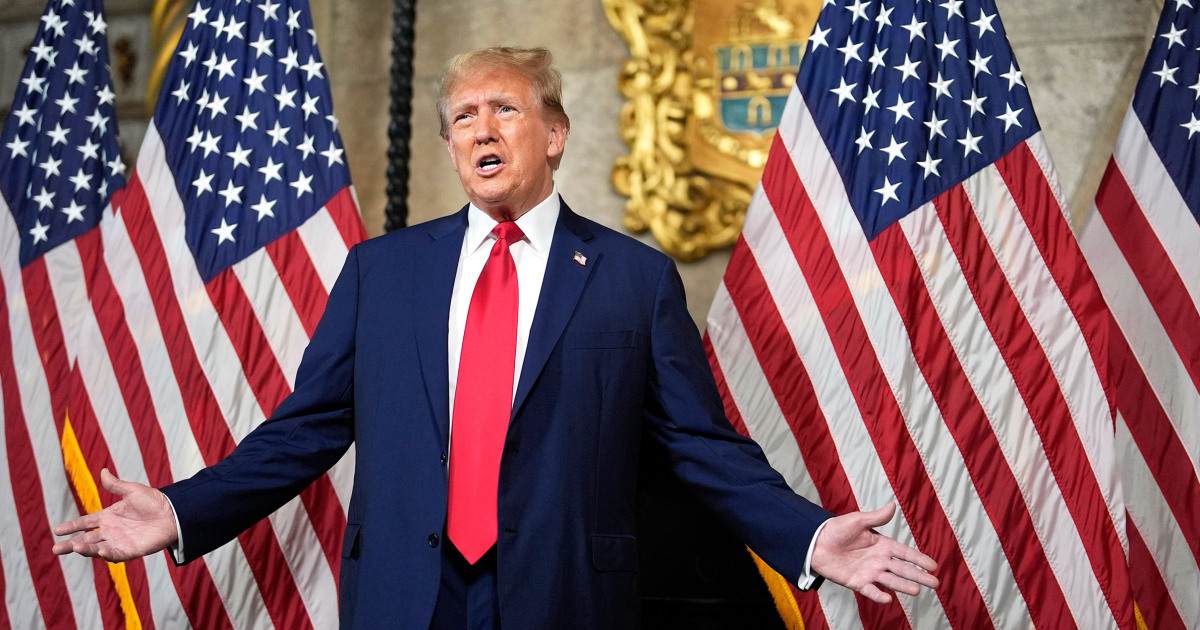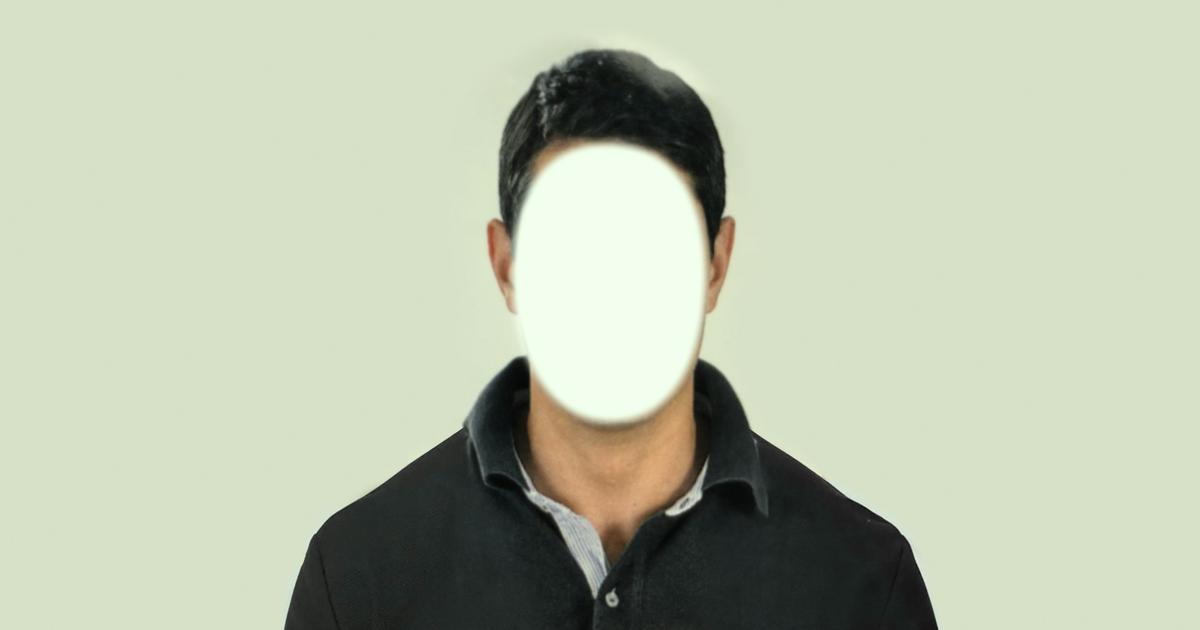It is not a book that has been published to sell massively, not even to facilitate its reading.
The critical edition of
Mein Kampf
in French is an atypical volume and not only because of its content.
Almost three kilos in weight and about 900 pages in a format of 245 x 300 millimeters, similar to the art books that rest on the tables in some living rooms.
The price: 100 euros.
The cover, white with the title and credits in black letters, looks more like that of a doctoral thesis than one of the novelties of the season.
More information
Disassembling the 'Mein Kampf' (without silencing it)
Should Hitler's 'Mein Kampf' be republished?
One hundred objects to explain the Third Reich
The day Hitler died
What the reader is holding in his hands is not the work published in two parts in 1925 and 1926 and in which Adolf Hitler exposed the vision of the world and the obsessions - the first of them, hatred of the Jews - that would lead to the worst tragedy of the 20th century: World War II and the Holocaust. To begin with, the title is not
Mein Kampf
(My fight or My fight), but another:
Historiciser le mal
: historiar el mal. Hitler's name does not appear on the cover.
Published by the Fayard publishing house, owned by the Hachette group, the book culminates a decade of work. A group of historians headed by Florent Brayard has prepared, together with the translator Olivier Mannoni, an edition in which Hitler's text, in a new version faithful to the rough and confusing style of the original, is presented accompanied by a general introduction and another for each of the 27 chapters, plus nearly 3,000 notes. Notes and introductions duplicate the length of the
original
Mein Kampf
.
“
Mein Kampf
”, Brayard tells EL PAÍS, “is a fundamental source for the history of the 20th century: it allows us to understand not only the character of Hitler and the politician Hitler, but also, and above all, the barbaric and criminal policy that he led carried out from 1933 [when he came to power in Germany], because the book, in many respects, announces a large part of the policies that will be developed under Nazism with the terrifying consequences for Europe that we know ”.
Brayard, one of France's leading specialists on National Socialism and author of
Auschwitz: Investigation into a Nazi Plot
(Arpa editorial, in Spanish), exposes the reasons for the particular form of the volume, with the notes that wrap the Hitler original on the page and the abundance of introductory texts. “On the one hand, it is a text written 100 years ago and that refers to a historical reality that is not ours and it seems to us ancient history. That's why you have to contextualize what Hitler says, to be able to understand it in depth, "he explains. “On the other hand, Hitler is a demagogue who does not hesitate to lie and manipulate. That is why it was essential, in the critical apparatus, to point out and correct all his lies and mistakes, since he talks about an unlikely number of subjects that he does not master and makes mistakes about biology, about history, about various things. So we systematically correct not only the lies but the errors. "
Brayard explains that, until 2016, the Bavarian Ministry of Finance owned Hitler's moral and literary rights, and that it prohibited any reissue. In Germany, only old editions were circulating before 1945, the year of the end of World War II and the defeat of the Nazi regime. In France it could not be published in a new edition, but the 1934 translation could be reprinted and sold, accessible, as in other languages, on the internet or distributed by extreme right-wing publishers.
In 2016, 70 years after Hitler's death, the
copyright
was released, which opened the possibility of preparing a critical edition.
The Institute for Contemporary History in Munich published the first critical edition of
Mein Kampf
.
It is the basis for the French version, co-directed by Brayard and Andreas Wirsching, director of the Munich institute.
Before the French, new editions had been published in Italy, Poland and the Netherlands.
Cover of the French version of 'My fight', by Adolf Hitler.Conception graphique: Antoine du Payrat
A stumbling block for the French edition was translation. That of 1934 amended, polished and sometimes embellished the original, plagued by repetitions, endless sentences and inconsistencies: a deficient writing that was not an obstacle for its mass dissemination and its ideas changing the course of history. The goal of the translator and the team of historians was to stick to Hitler's text as closely as possible. "The difficult thing was to get a bad translation: it was the only one that could be good," says Mannoni by phone. "We have kept all the defects of the source text, because the defects are part of its substance."
For a renowned translator like Mannoni, who has translated into French authors like Sigmund Freud, Stefan Zweig or Peter Sloterdijk, but also other Nazi authors, translating Hitler has not been pleasant. "I never managed to spend more than two hours a day on this text, it is impossible," he recalls. “One has the impression of walking in the mud, without moving forward. I found an email that I sent to the editor when I submitted the second part, where I told him that I had never suffered so much with a translation. And not because it was difficult but because it was horrible: intellectually empty, very heavy on the style and the substance is monstrous. It progresses very slowly And there is no pleasure ”.
If the style is the man, and perhaps also the ideology, then
Mein Kampf's
is revealing of everything that came later.
"It is a text that shows how the confusion of language can lead to totalitarianism," says Mannoni.
“For me, as a linguist and translator, this is important.
You have to study the technique that consists of numbing the reason to lead to slogans and very simple conspiracy theories: the accumulation of empty sentences, of unverified, unprovable facts.
You have to learn to recognize this language that is found quite frequently today ”.
Proceeds will go to the Auschwitz-Birkenau Foundation
The proceeds from 'Historiciser le mal' - the critical edition of Adolf Hitler's book, which will go on sale in France on June 2 - will go to the Auschwitz-Birkenau Foundation, in charge of preserving the concentration and extermination camps. This was explained by the general director of the Fayard publishing house, Sophie de Closets, in a letter to French booksellers, dated May 13. Fayard has been extremely cautious after the criticism received at the beginning of the project for publishing one of the most destructive works in history. The publisher wrote that, contrary to the usual, the 10,000 copies of the book will not be distributed to bookstores automatically, but that it will be the booksellers who will have to order it.














